Military structures of past eras line the waterways of America’s East Coast and tell a story from a geopolitical and strategic perspective. Like Boston Harbor’s many famous forts were built for the purpose of defending against seaborne invasion, many others are located across the Northeastern United States near strategic waterfront locations. Looking at where these forts were built and why the place was of strategic gives an interesting view into the past. Here are several outside the Boston area that stand out:
Fort Ticonderoga, NY: One of the oldest fortification structures in America, Ticonderoga sits strategically in the middle of the Champlain Valley of Upstate New York. The valley extending from the St. Lawrence and down to the Hudson is one of the only flat passages through the Appallacian Mountains between Canada to Georgia. As such, this location was of strategic importance to both French and British interests at the time it was built, as the former controlled the territory to the North, and the latter the territory to the South. More on the great history of Ticondergoa can be seen here, including its role in the Evacuation of Boston Harbor in 1776. Ticonderoga offers majestic views of Lake Champlain and Lake George and the great hills which divide them:
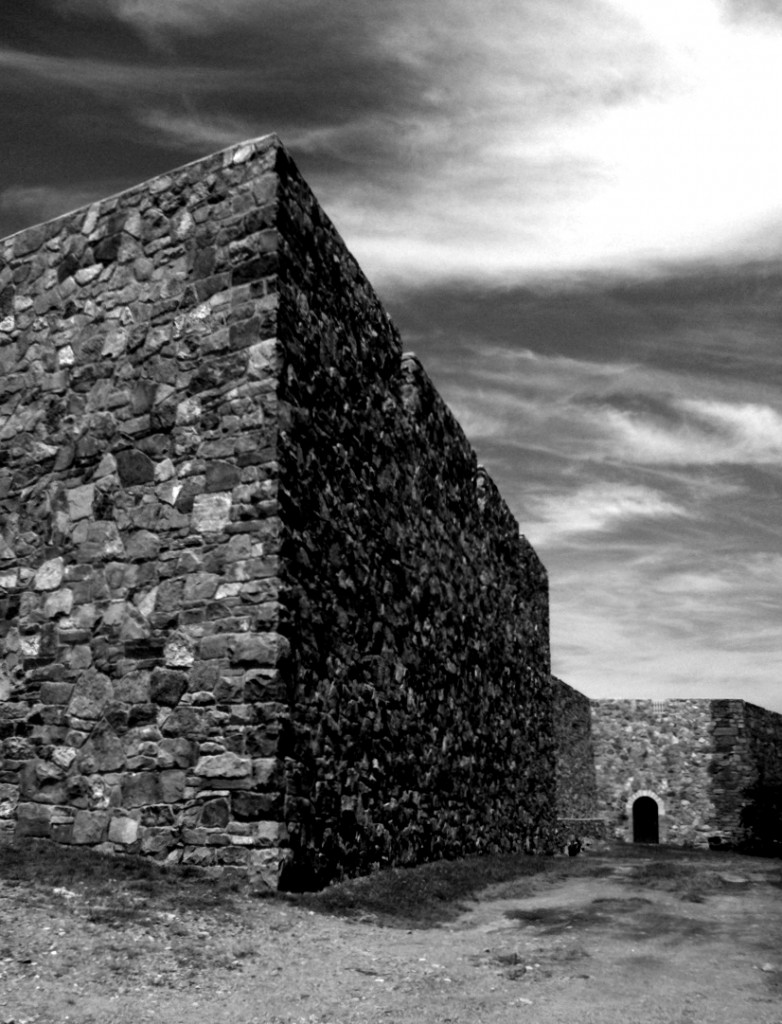
Pictured above is the great walls of Ticonderoga, while below is a view of the strategic location overlooking the northern end of Lake George and the Hudson River Valley:
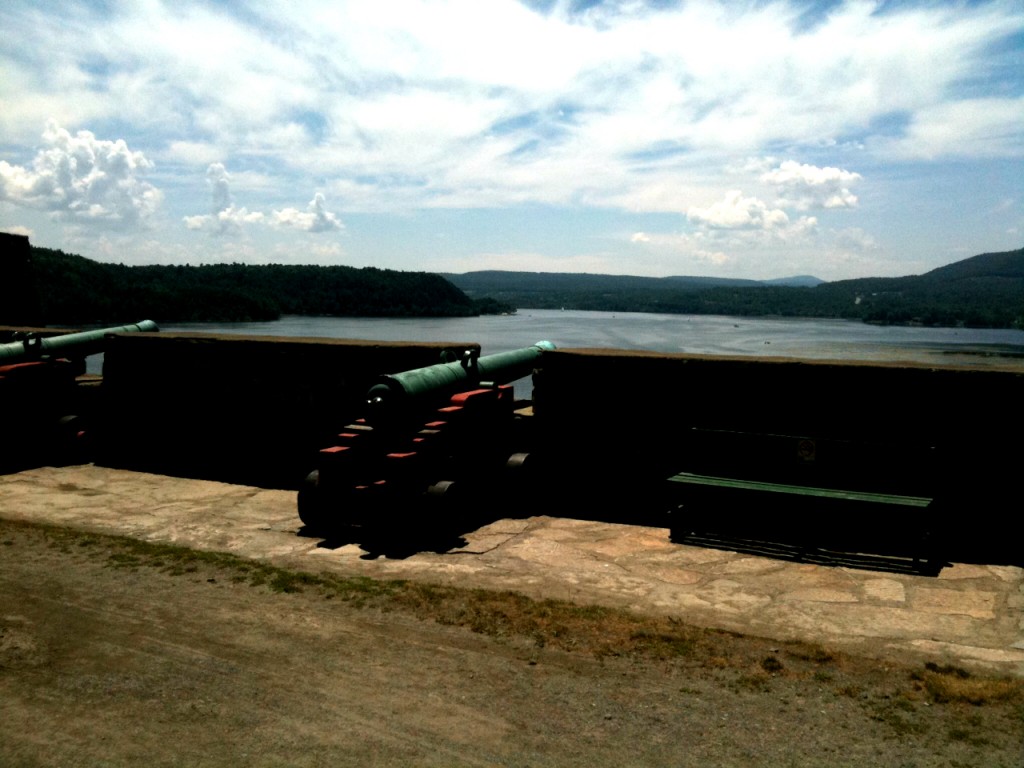
Fort Ontario, NY: This fort lies on the shores of Lake Ontario in Oswego, a small town in Northern New York. As Ontario was accessible to the French through the St. Lawrence river, this stronghold was designed to protect British Interests in the interior of New York State. Below is a photo of a lake effect storm rolling in from over lake Ontario.
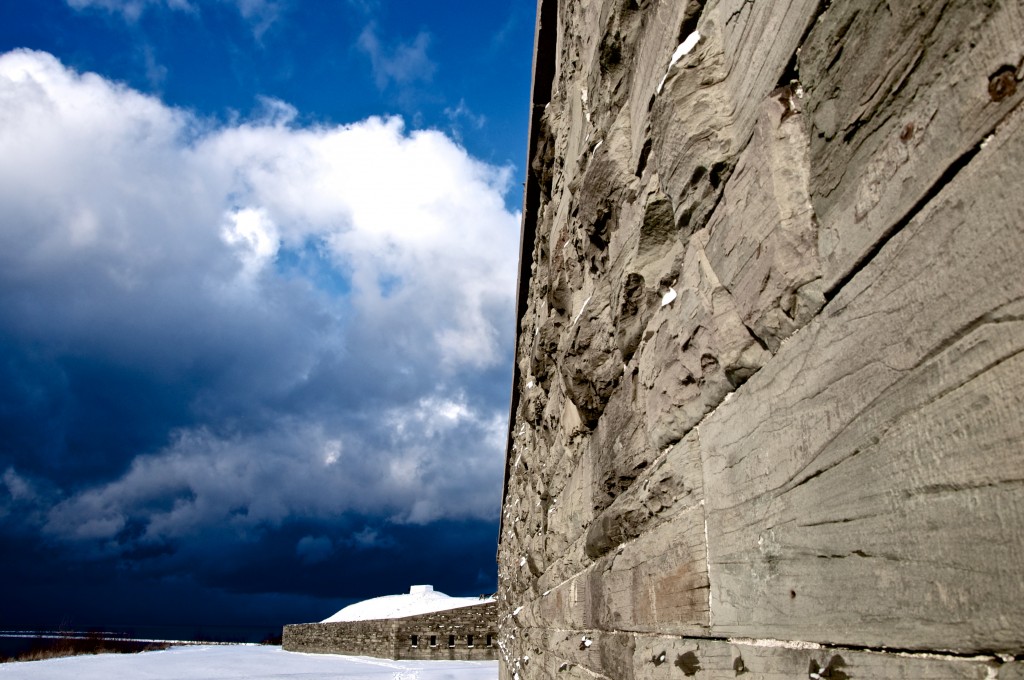
The lighthouse at the mouth of Oswego Harbor against the backdrop of Lake Ontario:
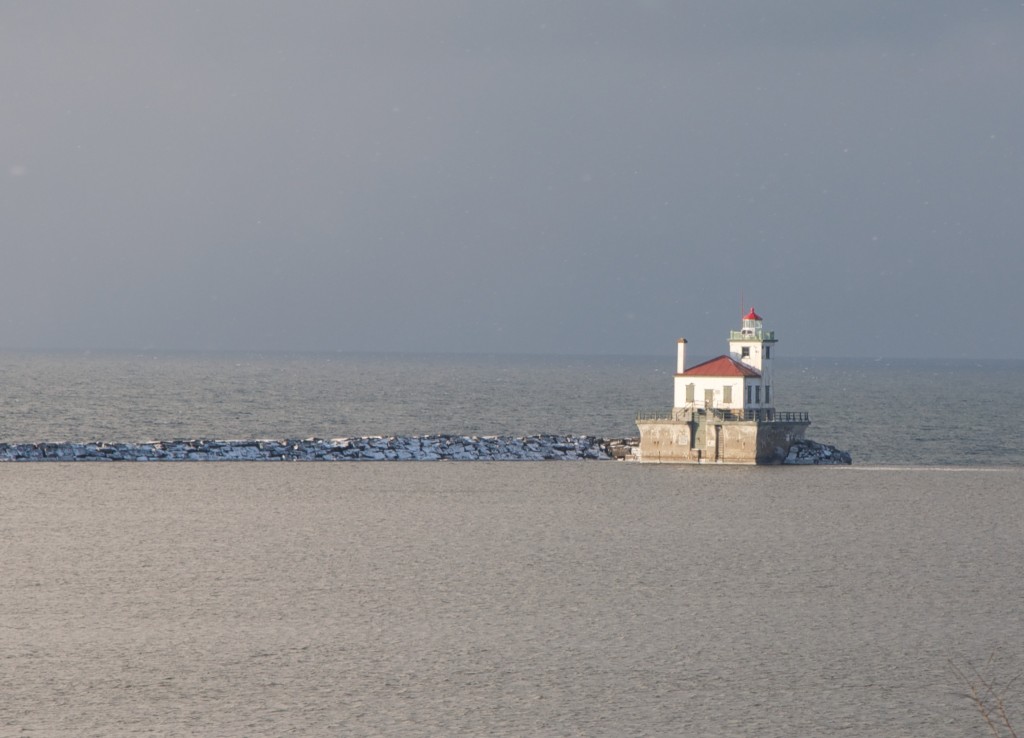
Fort Stark, NH: This fortification was constructed to defend the city of Portsmouth, NH. It is situated in the town of Newcastle, which is just east of Portsmouth. The city is one of the most Northeasterly major ports on the coast, therefore making it strategic in any Naval conflict with a European power. It was in Portsmouth, NH that a German U-boat crew surrendered and was captured in May 1945. Here is a more detailed history of the fort.
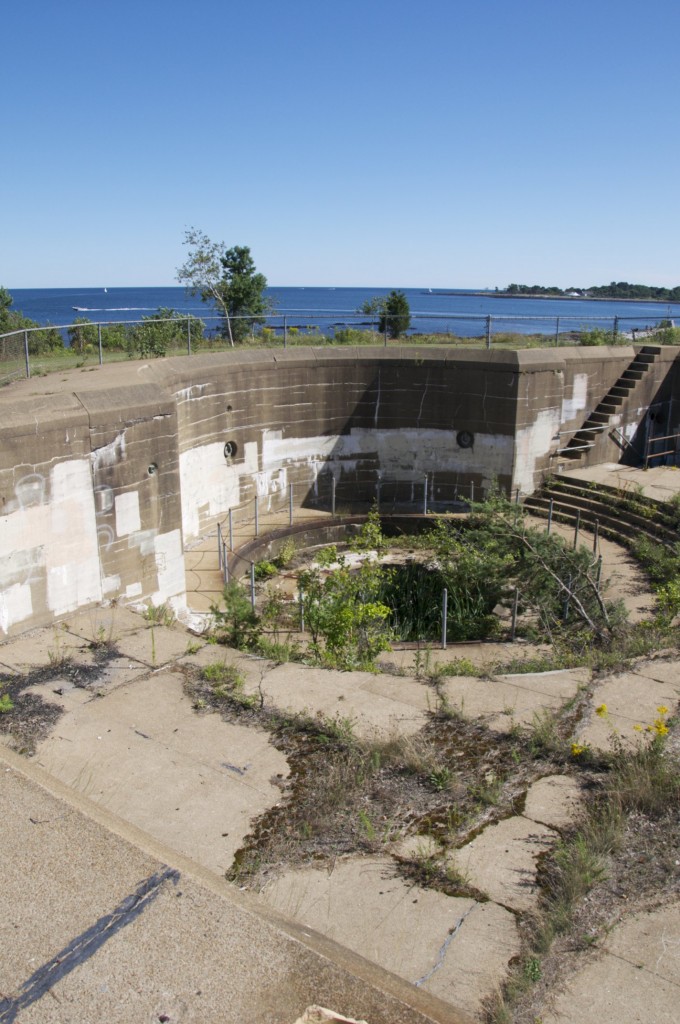
One of the site’s several batteries, which dates back to 1905 per the sign:
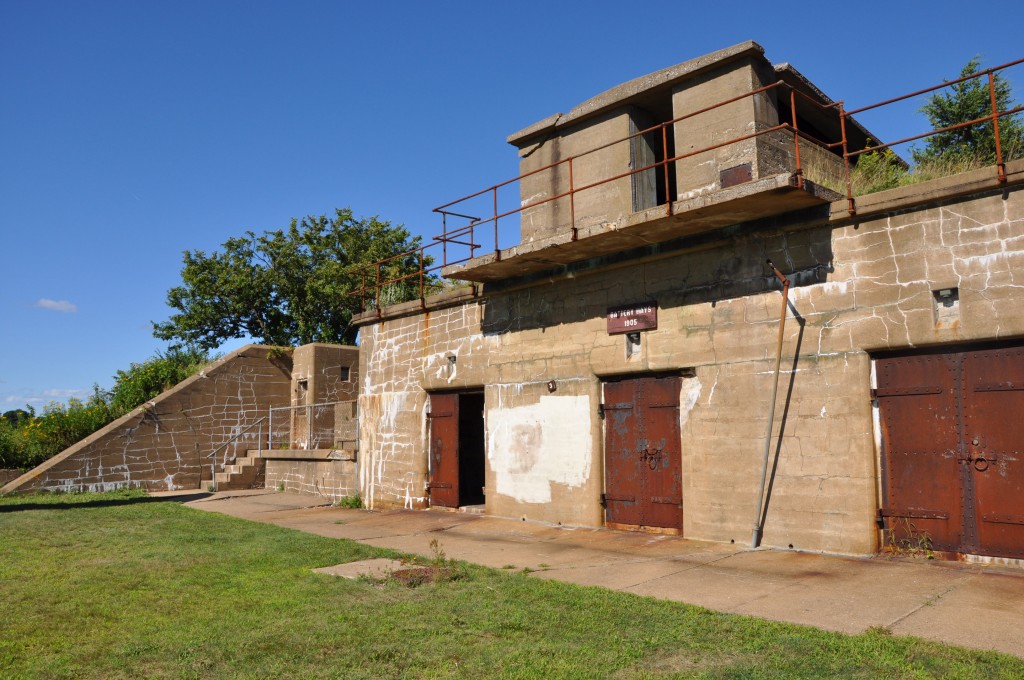
The Lighthouse at Portsmouth Harbor, as seen from the grounds of Fort Stark. Fort Constitution, a smaller abandoned structure can be seen to the left of the lighthouse. Located further into the harbor, it was a part of the same defensive system:
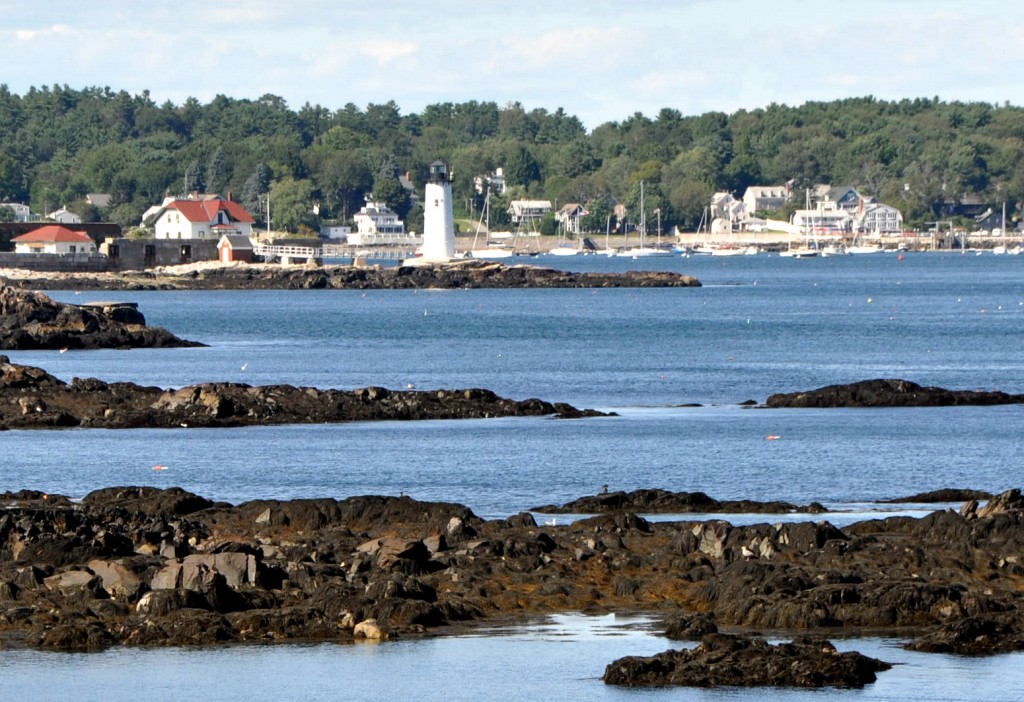
Fort Adams, Newport, RI: This very large structure was built around the same time as Fort Warren. The massive granite complex was built to defend Newport Harbor and the large inlet of Quonset Bay. One can visit the grounds to take a tour and spend some time walking around the huge circumference of this tremendous building.
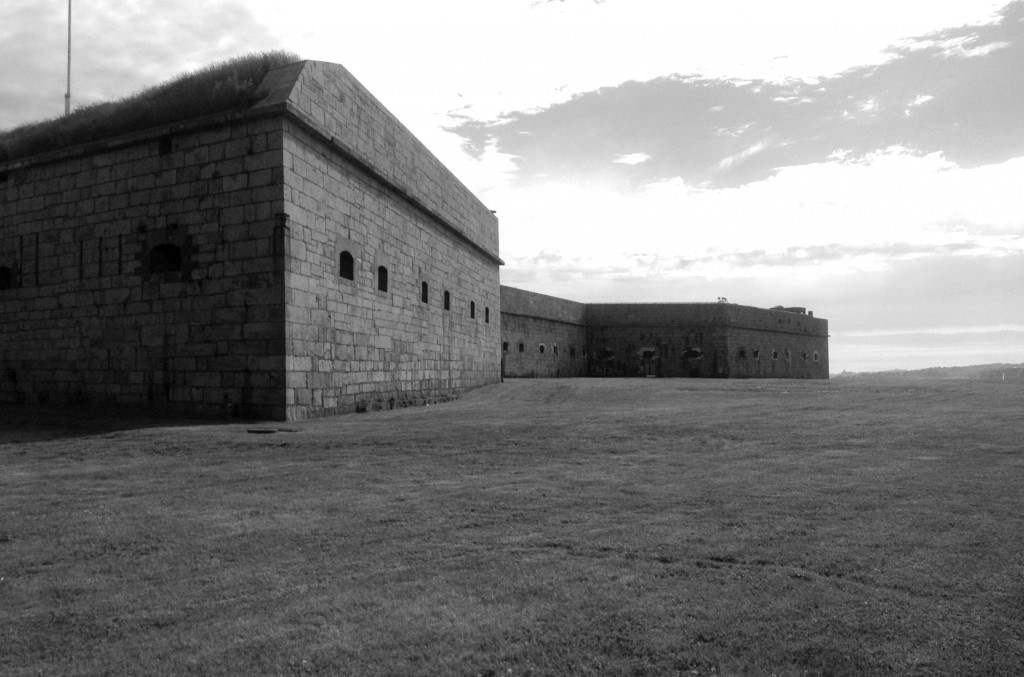
The inner walls of the site:
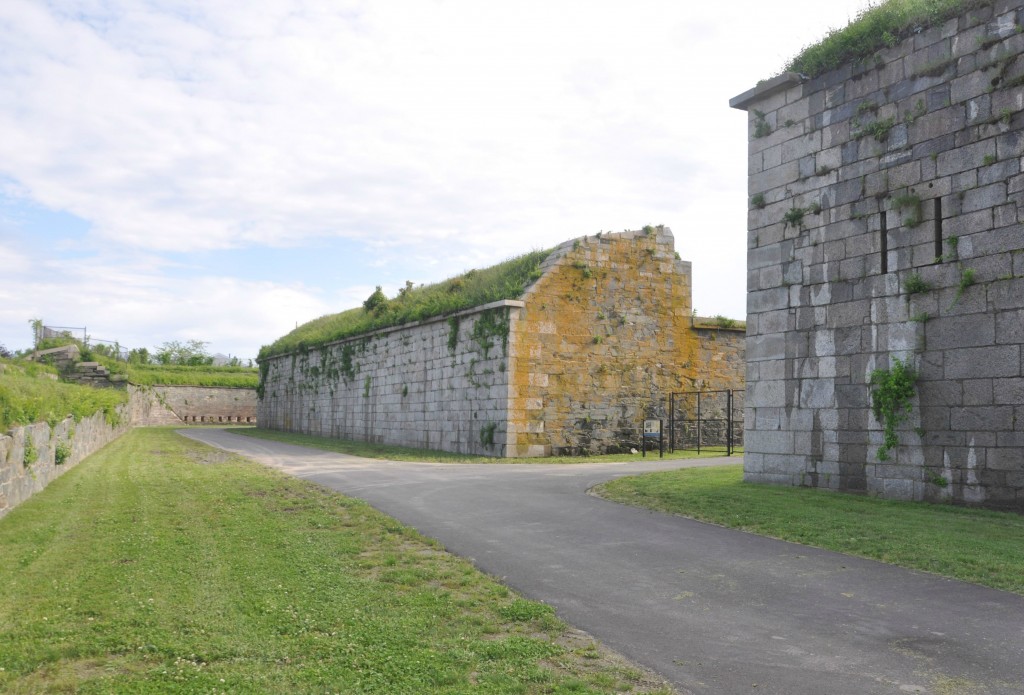
The exterior grounds are wide and well landscaped, providing a scenic walk for visitors:
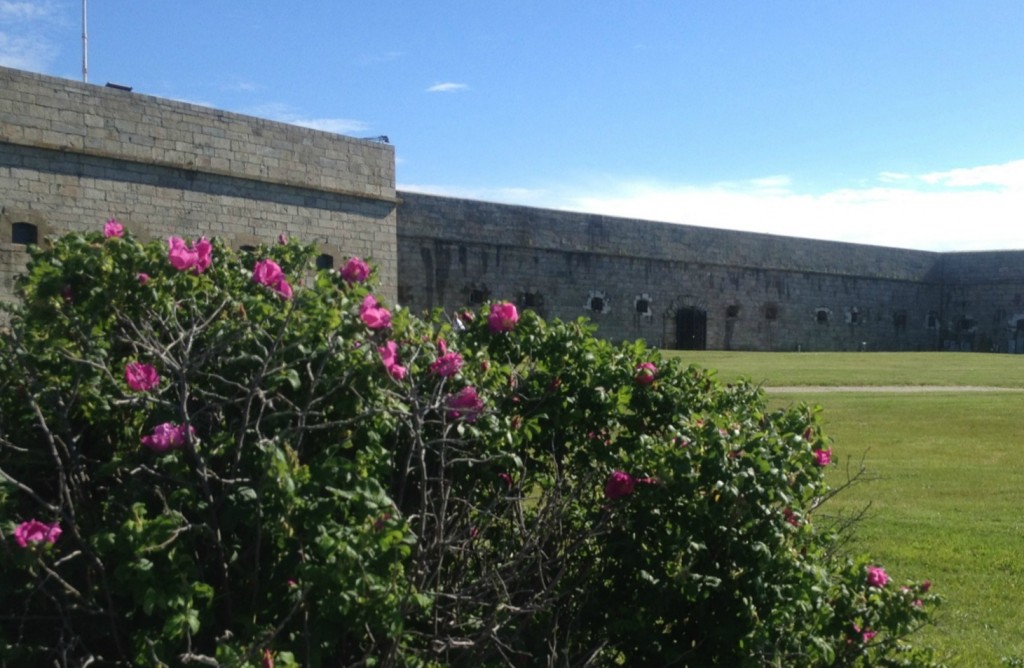
The view of nearby Newport Lighthouse Station and the massive Jamestown Bridge:
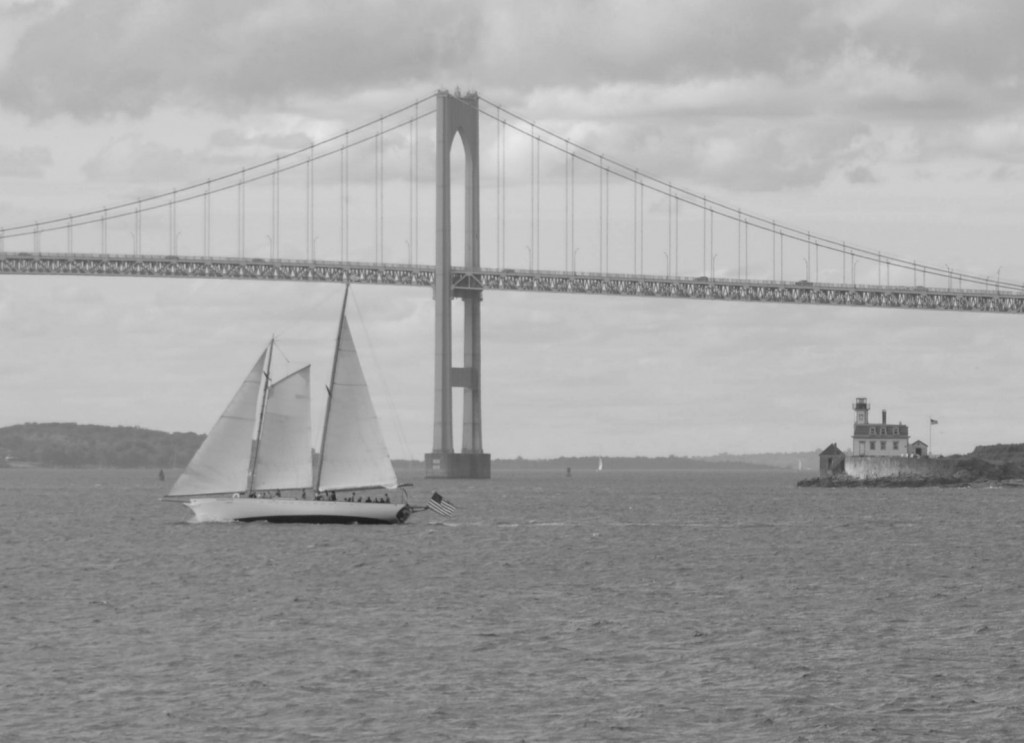
Fort Taber, New Bedford, MA: This old fort contains a lighthouse sits at the bottom of Clark’s Point, a long peninsula to the west of New Bedford that extends into Buzzard’s Bay. Also built in the Civil War era, the purpose of this structure was to guard the city of New Bedford– which was at the time a city of great economic value to the United States. Today, the fort is surrounded by a park which is open to the public. Read about the fort here.
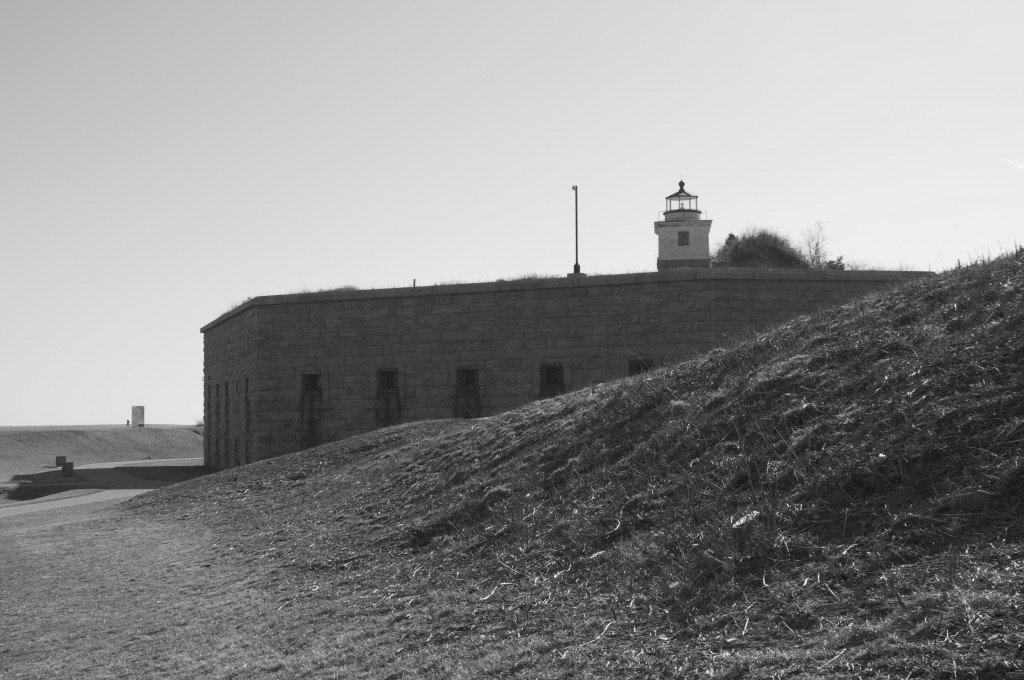
Fort Trumbull, New London, CT: This massive fortress lies at the mouth of the Thames river as it empties into the Long Island Sound. This is probably the most impressive of the several fortresses lying along the Connecticut Coast. The structure was completed in 1777 and was named after Governor Jonathan Trumbull, who presided over its construction. During the Revolutionary War, the fort was attacked and captured by British forces under Benedict Arnold- a surprising feat given the structure’s high walls and defensive capacity. A more detailed overview about the fort can be read here.
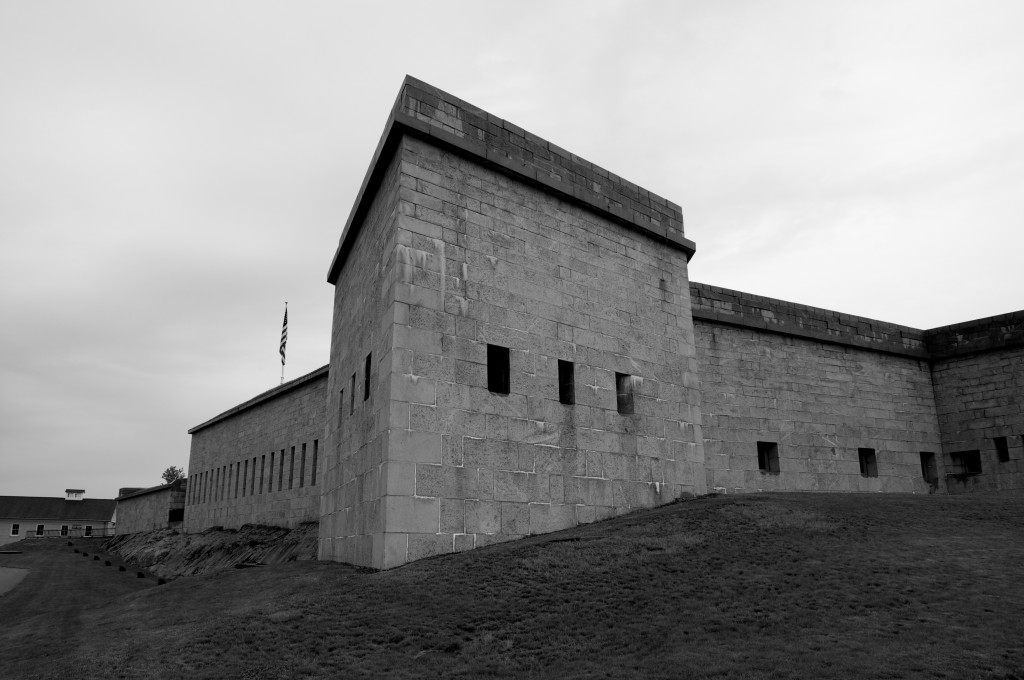
A view from Fort Trumbull of the New London Light House, which is said to be haunted:
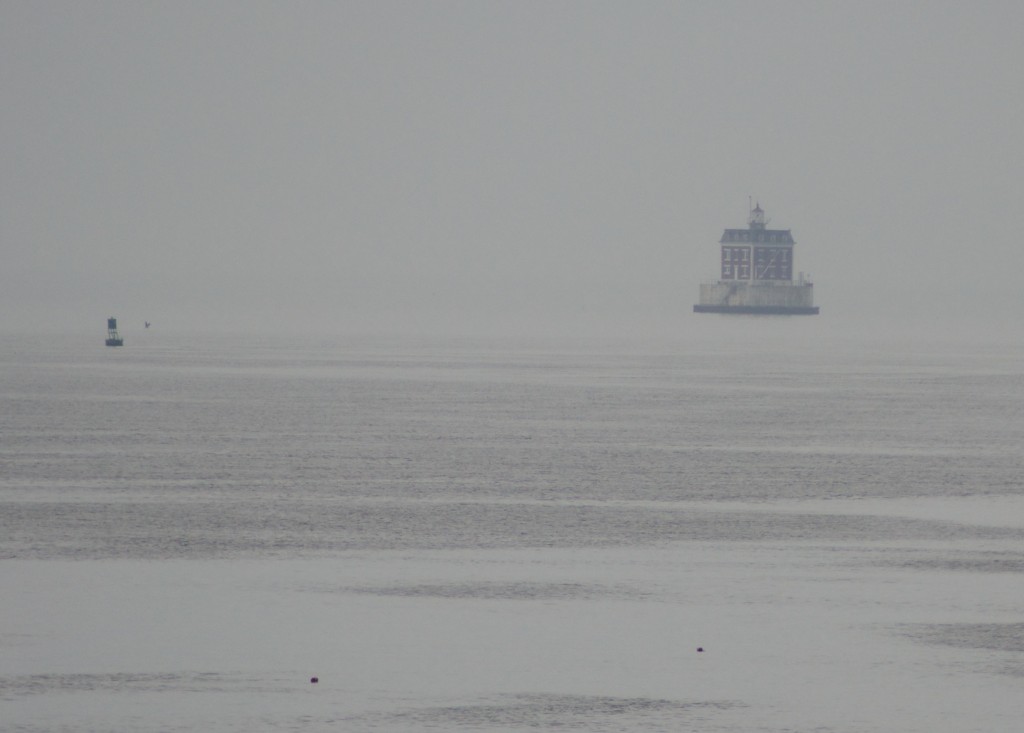
Fort Trumbull’s imposing walls against the backdrop of Long Island Sound:
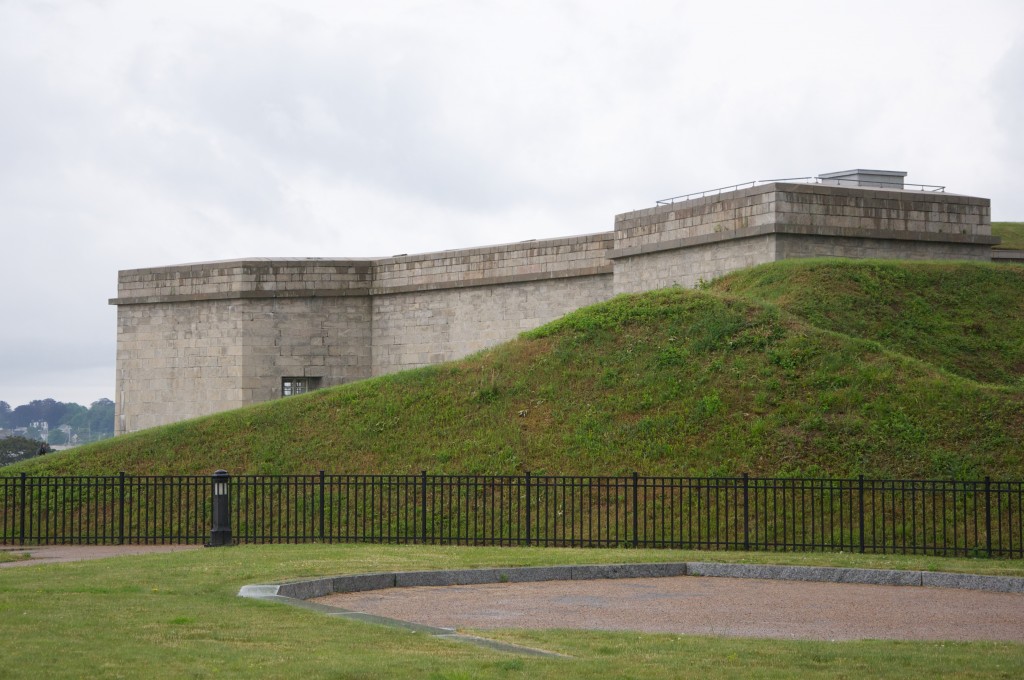
![]()